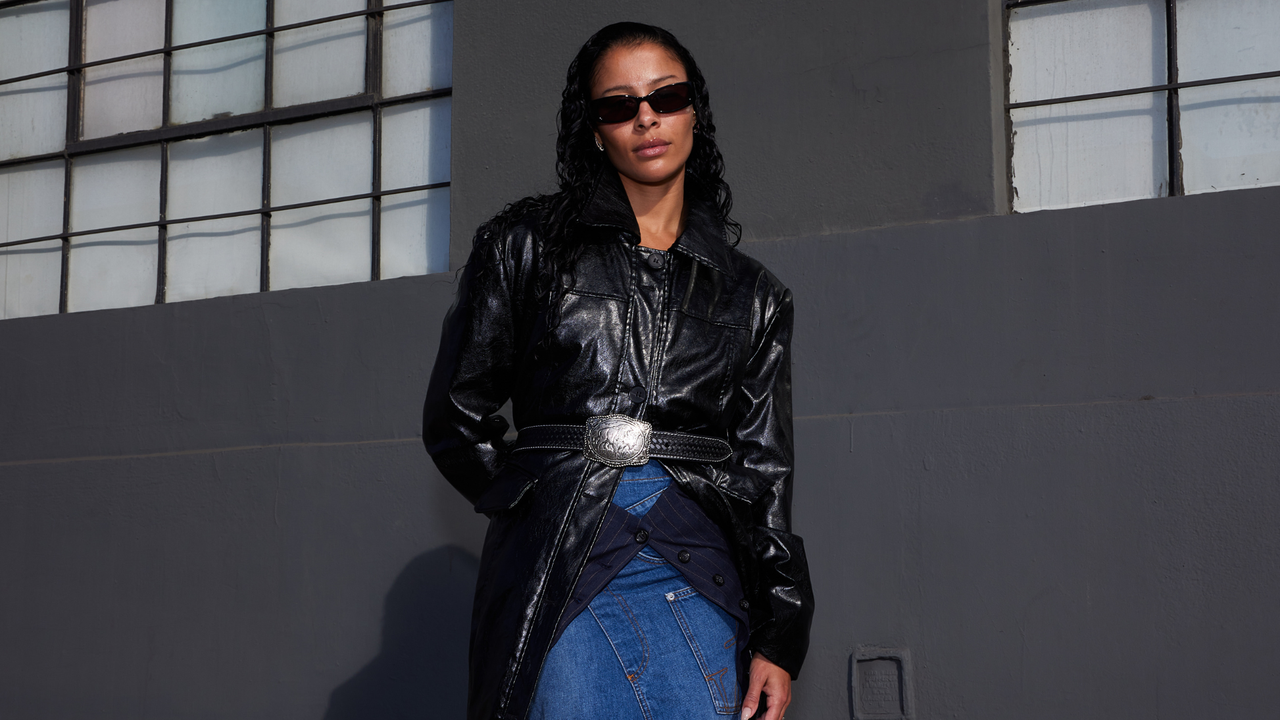World
The secret of the world’s richest underwater habitat
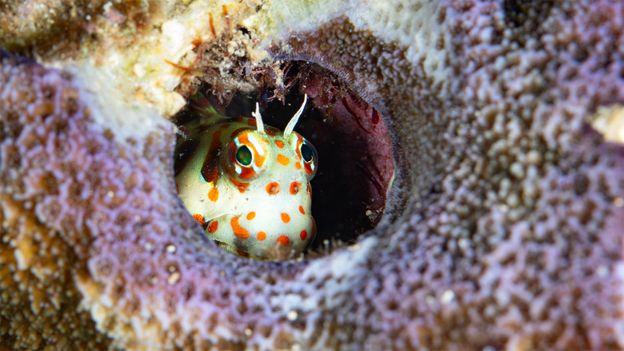
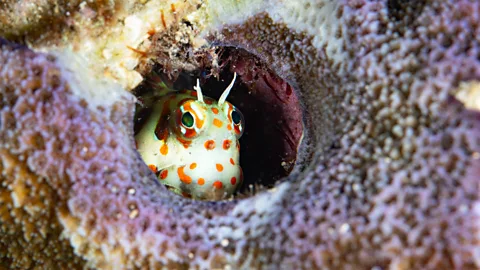 Getty Images
Getty ImagesResearchers are unlocking the ancient secrets of the world’s most diverse marine habitat. Could their discoveries help us save our oceans?
In an office wing of the Natural History Museum in London, two researchers slide open a plain storage cupboard door to reveal a hidden treasure: shelves of fossilised corals, up to 30 million years old, from the world’s most diverse marine habitat. Some look like petrified brains, others like rocks with filigrane patterns.
“I like to look at things in the past and see if we can learn lessons from them,” says Ken Johnson, with an eye on the fossils. Johnson is a palaeontologist and principal researcher at the museum’s Earth Sciences department. Next to him stands Nadia Santodomingo, a marine biologist and geoscientist, and curator at the museum. They and their team collected the fossils in Indonesia more than a decade ago, working with colleagues from the Indonesian Geological Agency. The goal was to try and crack the secrets of an expanse of ocean known as the “coral triangle” – and, they hoped, to use those secrets to protect reefs today.
“Understanding how corals have responded to previous environmental changes can help us see how they might respond to future changes,” says Johnson. In fact, the fossils not only led to a completely new perspective on marine life, but drew attention to important coral sanctuaries that had previously been overlooked – and which could become crucial refuges for species as the planet warms, the researchers say.
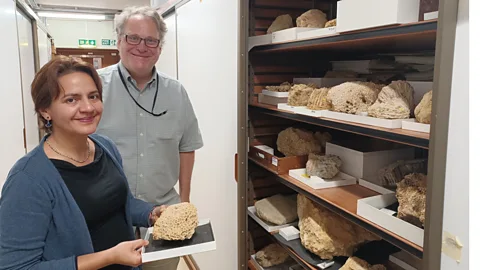 Sophie Hardach
Sophie HardachThe ‘Amazon of the Seas’
“The coral triangle in South East Asia is the most diverse place on Earth,” in terms of marine habitats, says Johnson. “There are more marine species there than anywhere else. My colleagues and I wondered: why? What caused the diversity?”
Individual corals, known as polyps, are spineless little marine animals measuring only a few millimetres, and are related to jellyfish and sea anemones. They build hard external skeletons, and together with tens of thousands of other polyps, form the dazzling structures we know as coral reefs. The skeleton remains after the polyp dies.
The fossils lined up in the cabinet are in a surprisingly pristine state, with each delicate swirl and dent still intact. In the coral triangle and other reefs, these complex structures support an abundance of life, says Santodomingo.
“[Corals] are like small buildings,” she says. “One isolated building wouldn’t do anything, but when they all grow together, like big cities, they can host a lot of other animals. Baby fish can hide there, so large predators can’t reach them.” When corals die, they leave their skeletons behind, like empty houses, she explains. “And then other animals can colonise the reef – sponges, or snails, or clams – who use these empty ‘buildings’ and transform it into their own home.”
Johnson adds: “The metaphor we always use [for coral reefs] is ‘cities of the sea’.”
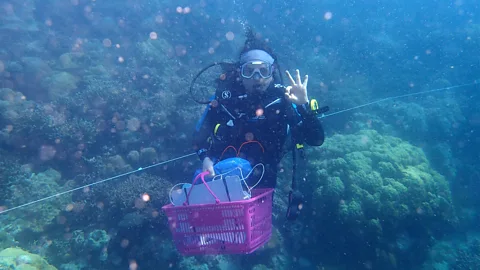 Zarinah Waheed, University Malaysia Sabah
Zarinah Waheed, University Malaysia SabahIn the early 2010s, the team and their Indonesian colleagues collected about eight tonnes of fossil-rich rock from Indonesian Borneo, which yielded 70,000 coral specimens – over 200 coral species, from up to 30 million years ago. When they compared them to the species living in the coral triangle today, they made a surprising discovery: many of them are still there.
Santodomingo carefully lifts a huge fossilised coral out of the cabinet, a Porites coral, and holds it up: “This one here is about 10 million years old.” Today, Porites corals, which build enormous reefs, are still thriving in the coral triangle, she says.
She gives another example, the antler-like staghorn coral, called Acropora monticulosa, which is among the collected fossils from Indonesia. Acropora corals still live in the coral triangle today. These staghorn corals “have been there for 18 million years or so”, she says. Other acropora species found in the coral triangle are even older.
This extraordinary resilience can help explain why there are so many species in the coral triangle today, says Johnson. “The reason it’s the most diverse place on Earth is that once [a coral] gets there, it doesn’t go extinct,” he says. This is very different from how corals fared elsewhere, including in places like the Caribbean that we might think of as vibrant coral habitats, says Johnson. “In other parts of the world where there are coral reefs, like the Caribbean, there were extinction events in the past,” he says, caused by dramatic changes in the environment and climate. “So, two million years ago, half of the coral species in the Caribbean went extinct. And so it’s much lower diversity there.”
In some places, corals were wiped out altogether: “The Mediterranean used to have lots of corals,” he continues. “But the Mediterranean dried up, and corals went extinct.”
In South East Asia, the researchers say, the fossil record suggests there wasn’t such an extinction event. But, it appears, the corals also had another advantage, one that might even help us protect marine habitats today: they lived in murky water.
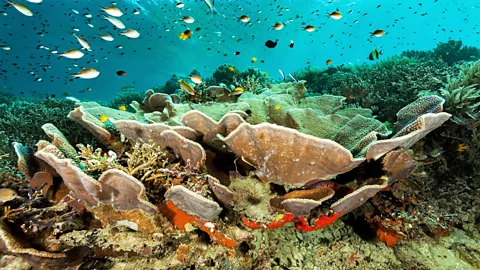 Getty Images
Getty ImagesThe power of mud
When we think of an ideal coral habitat, the picture that comes to mind is usually “clear water, palm tree on the beach”, Johnson says – a perfect holiday snapshot of those famous reefs in sparkling colours.
But as he and Santodomingo point out, that’s partly just a reflection of where we’ve traditionally looked for corals: in clear waters, where it’s easy to see them. The fossils from Indonesia, however, told a different story. Research suggests that they lived in cloudy, turbid water, amid swirling sediment and rainwater wash-off.
“We think there were these murky environments that helped corals survive,” says Santodomingo, perhaps because the relatively dark, challenging environment encouraged an especially tough and resilient pool of species to form, all with different traits that allowed them to cope over millions of years.
With global warming devastating coral reefs around the world, this insight from the fossils led to another question: if murky water had helped corals in the past, could it still do so today, in an era of global warming and decimated reefs? Specifically, could the muddiness protect reefs from the dramatic phenomenon known as coral bleaching – when entire reefs turn a ghostly white as a result of heat stress?
When relationships turn toxic
Bleaching happens when there is a breakdown in a crucial relationship. Corals house tiny colourful algae, a mutually beneficial relationship that has been around since long before dinosaurs became extinct – and which makes the reefs so famously rainbow-like.
“Corals are basically farmers, but their crops live inside their bodies,” says Johnson. “So the coral gets food from the plants living inside of it, and it fertilises the plants with its animal waste. It’s a circle between the plant and the animal.”
When seawater warms to a level that stresses the corals, for example during a marine heatwave, the coral expels the colourful plant, and turns white. “It becomes like a toxic relationship,” says Santodomingo, in which the coral decides it’s better to weather the crisis on its own. Scientists are still figuring out why exactly this usually beneficial relationship breaks down under stress – one reason may be that the algae starts to behave more like a parasite than an ally, taking up more energy and nutrients for their own growth. Another explanation is that under higher temperatures, the plant produces substances that are harmful to the coral. Reefs can recover from bleaching – essentially, the stressful event passes, and the plant moves back in – but if the stress is too severe or goes on for too long, the corals will die.
Murky water may buffer that impact, and make corals more resistant to bleaching, research suggests. In 2020, scientists from the University of Malaysia Sabah investigated how reefs in murky and clear water in the coral triangle responded to a heatwave. They surveyed two habitats in Malaysia: the turbid reef of Sakar and the clear-water reef of Blue Lagoon. In the turbid reefs, less than 10% of colonies bleached. In the clear-water reef, an average of 37% of coral colonies bleached. The result supports “the hypothesis of turbid reefs hosting resilient coral communities in the face of climate change”, the study’s authors concluded.
One possible explanation for this protective effect is that bleaching may be caused not only by the warming sea water, but also, by intense sunlight, says Johnson. “When the water is turbid, there’s less light,” he says, and this could protect the corals.
A study of a 2016 marine heatwave that caused widespread bleaching in the Great Barrier Reef also found that corals in turbid water, near the shore, were more resistant to bleaching than those in clear water. The authors argued that this showed “the importance of these resilient but often overlooked coral reef habitats as potential refugia during climate-related disturbances”.
Protecting murky coral havens from plastic
Separately, a 2020 analysis of data on bleaching, temperature and turbidity from more than 3,600 coral sites worldwide found that turbidity reduced coral bleaching during heat stress. “We suggest that these turbid nearshore environments may provide some refuge through climate change, but these reefs will need high conservation status to sustain them close to dense human populations,” the authors warned. Since murky waters tend to be close to the shore, where rain washes soil into the sea, they are more affected by human pollution, such as plastic waste from single-use plastics like dumped plastic bottles.
As Johnson gently shuts the fossil cabinet of wonders, he turns towards other cabinets, filled with corals collected by previous generations of researchers and explorers, as far back as the 19th Century. Some of these old collections are now being analysed using modern scientific methods, to learn more about reefs and their history, such as CT scans to examine the fossils’ insides without cutting them open. One day, future researchers may do the same with the recent fossil collection, he says – using methods we can barely fathom today.
“That’s why museum collections are important,” he says. “We can’t imagine what will be possible [in the future]. Just like when they collected these corals in 1850s, they couldn’t imagine what we can do with them now.”





